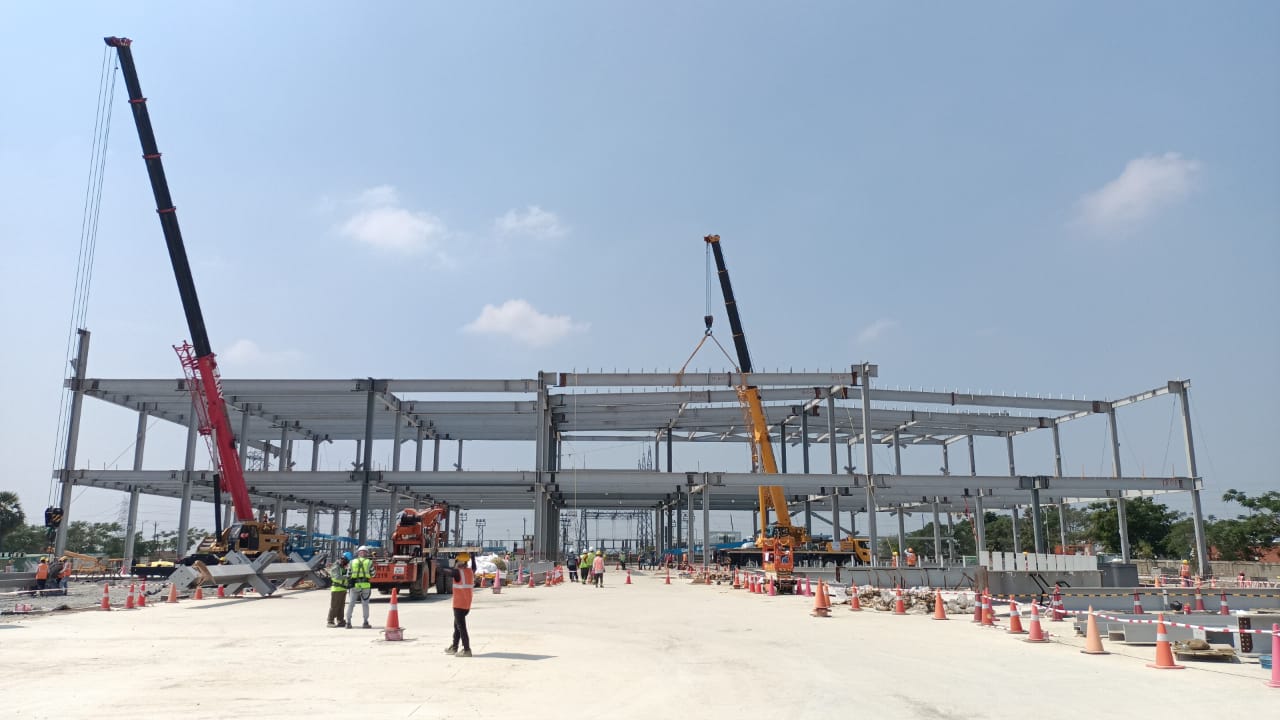Pre Engineered Buildings - Learn More About Their Advantages

Pre – Engineering Buildings
- It is a structural system used in
construction that involves the pre-designing and pre-fabrication of building
components off-site, which are then transported and assembled on-site. PEBs are
typically composed of steel structural elements such as columns, beams, roof
trusses, and wall panels that are manufactured in a controlled factory
environment. These components are designed to fit together seamlessly, allowing
for efficient and quick assembly during on-site construction. PEBs are known
for their cost-effectiveness, faster construction times, design flexibility,
structural efficiency, and sustainability. They are widely used in various
applications, including warehouses, factories, commercial buildings, and
industrial facilities.
Advantages
Cost Savings: PEBs offer significant cost
savings compared to traditional construction methods. The use of pre-fabricated
components reduces material waste and minimizes labour costs. The controlled
factory environment ensures efficient resource utilization, resulting in
overall cost-effectiveness.
Time Efficiency: PEBs significantly reduce
construction time. The pre-designed and pre-fabricated components can be
manufactured off-site while site preparation activities are underway. This
parallel process allows for faster project completion, enabling quicker
occupancy or utilization of the building.
Design Flexibility: PEBs provide design flexibility,
allowing customization to meet specific project requirements. The
pre-fabricated components can be easily modified or adjusted to accommodate
architectural and functional preferences. This versatility enables the
realization of unique and aesthetically appealing designs.
Structural Integrity: PEBs are engineered for optimal
structural integrity. The components are designed to provide high
strength-to-weight ratios, ensuring stability and safety. With thorough quality
control measures in place, PEBs deliver reliable structures that meet or exceed
industry standards.
Environmental Sustainability: PEBs align with sustainable
construction practices. The efficient use of materials and reduced construction
waste contribute to environmental conservation. Additionally, PEBs can
incorporate energy-efficient features such as insulation and natural lighting,
reducing energy consumption and minimizing the building's carbon footprint.
Durability and Low Maintenance: PEBs are known for their
durability and low maintenance requirements. The high-quality materials and
coatings used in PEB construction ensure long-lasting performance, reducing the
need for frequent repairs or replacements. This translates to cost savings and
minimizes disruptions in the building's operation.
